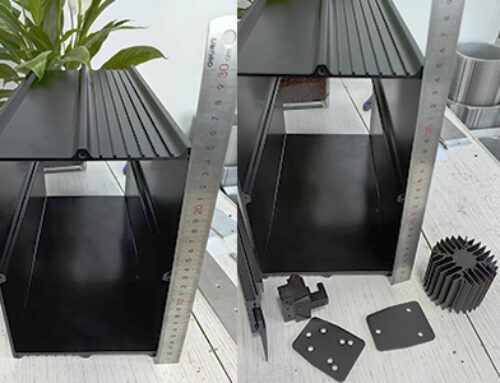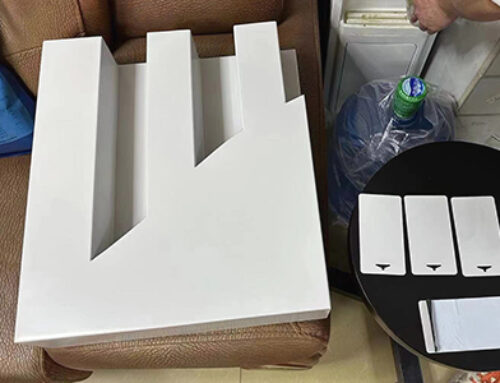Project Description
The main purpose of Hard Anodic Oxidation Coating is to improve the properties of aluminum and aluminum alloys. Including corrosion resistance, wear resistance, weather fastness, insulation, and adsorption. It is suitable for extruding aluminum alloy and casting aluminum alloy parts.
This article introduces the series:
- Characteristics of Hard Anodic Oxidation Coating
- Working Principle of Hard Anodic Oxidation
- Difference Between Hard Anodic Oxidation and White Anodizing
- Several Classifications for Hard Anodic Oxidation Treatment of Aluminium Profiles
- Precautions for Hard Anodic Oxidation Staining of Aluminium Profiles
Working Principle of Hard Anodic Oxidation
How does hard oxidation work? Hoonly gives you a detailed description of the hard anodic oxidation working principle.
Hard Anodic Oxidation, is a process of forming an oxide film on the aluminium profile surface under the action of the electric field. The Lead plate is made of a cathode, aluminum alloy as an anode, dilute sulfuric acid solution as an electrolyte. When through direct current, h+ is moved to the cathode, producing a cathode reaction:
4H2++4e=2H2↑
And OH– the anode reaction to the anode movement:
4OH--4e=2H2O+O2↑
When the excess electrons are lost on the anode, the dissolved oxygen is atomic, and because the oxygen in the atomic state is more reactive than the oxygen in the molecular state, it is easier to react with aluminum:
2Al+3O→Al2O3
The above reactions are uniform on the surface of aluminum and aluminum alloy parts, and they are carried out simultaneously.
The oxide film increases with the increase of power time, the increase in current causes the oxide film to thicken. At the same time, the chemical nature of (Al2O3) has a duality: it is an alkaline oxide in an acidic solution; meanwhile as an acidic oxide in an alkaline solution. In sulfuric acid solution, the oxide film is dissolved. Only does the oxide film produced faster than its dissolution rate, and the oxide film is likely to thicken. When the rate of dissolution is equal to the rate of formation, the oxide film is no longer thickened. When the oxidation speed is greater than the dissolution rate, the surface of aluminum and aluminum alloy parts is easily produced with a powdery oxide film.
The electrolyte solution begins to electrolyze around -10 ℃ ~ +5 ℃ temperature. Due to the high resistance of the oxide film formed by hard anodic oxidation, the oxidation of the current strength is directly affected. In order to obtain a thicker oxide film, it is necessary to increase the external voltage. The purpose is to eliminate the influence of the resistance and maintain the current density. However, when the current is large, intense heat will be generated, and a large amount of heat will be released when the oxide film is generated, and the temperature of the electrolyte around the part will rise sharply. The temperature rise will accelerate the dissolution of the oxide film, making the oxide film unable to thicken. In addition, the heating phenomenon is most serious in the contact between the film layer and the metal. If not solved in time, the local surface of the processed parts will be burnt out due to the rising temperature.
The solution is a combination of cooling equipment and stirring. The cooling equipment has forced the electrolyte to cool down, and the stirring is to make the whole bath electrolyte temperature uniform, so as to obtain the high-quality hard oxide film.



